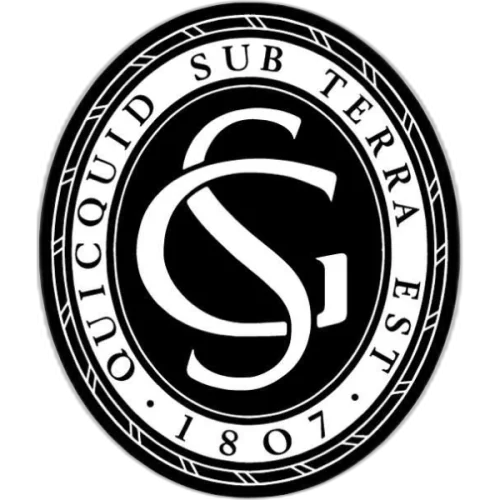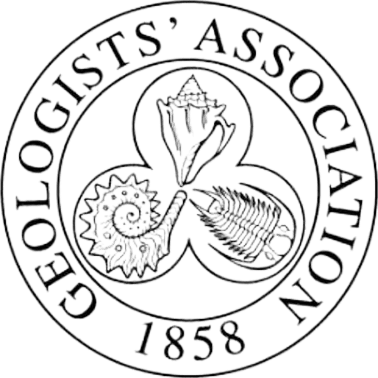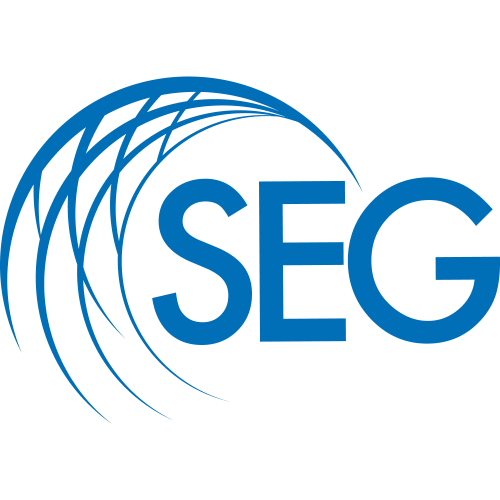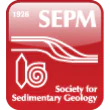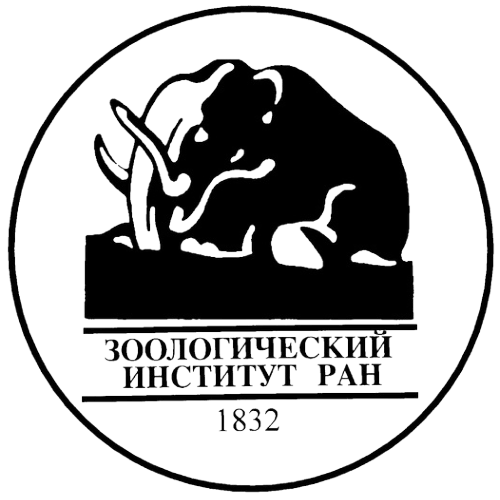Are you a researcher?
Create a profile to get free access to personal recommendations for colleagues and new articles.
journal names
Géologie Méditerranéenne
Top-3 citing journals

Cretaceous Research
(318 citations)

Palaeogeography, Palaeoclimatology, Palaeoecology
(242 citations)

Geobios
(229 citations)
Top-1 researchers by articles count
1 publication in journal

Martinell Jordi
57 publications,
1 032 citations
h-index: 20
Most cited in 5 years
Found
Nothing found, try to update filter.
Found
Nothing found, try to update filter.
Top-100
Citing journals
Citing publishers
1 publication in journal

Martinell Jordi
57 publications,
1 032 citations
h-index: 20





